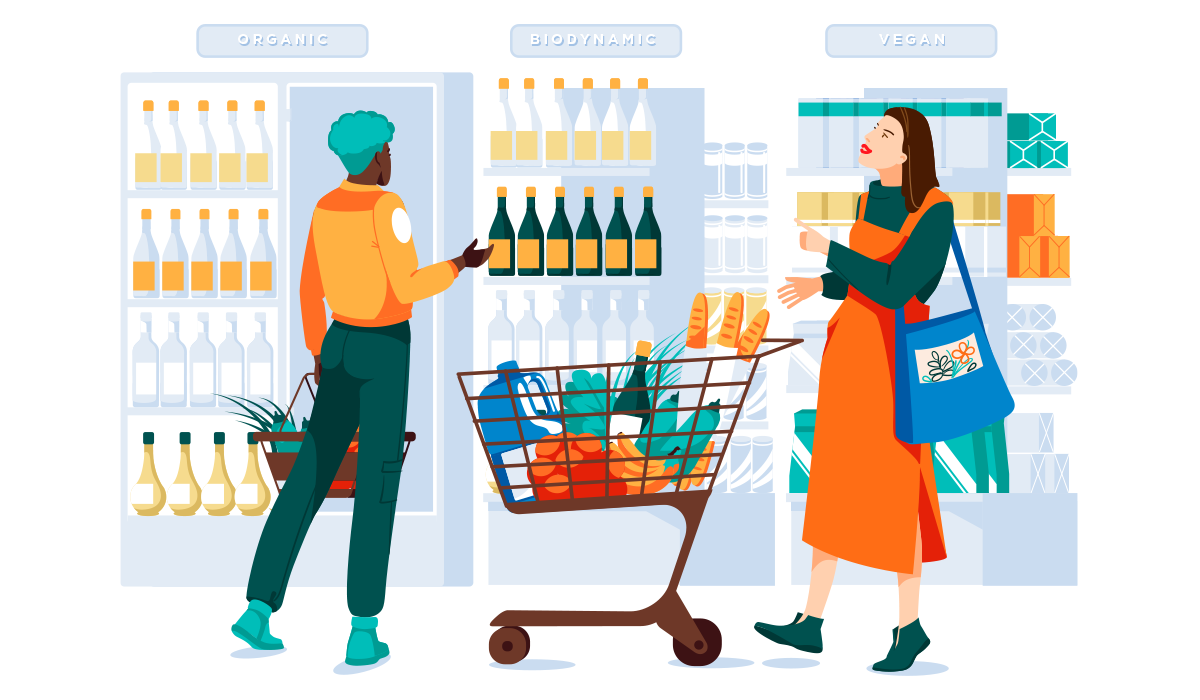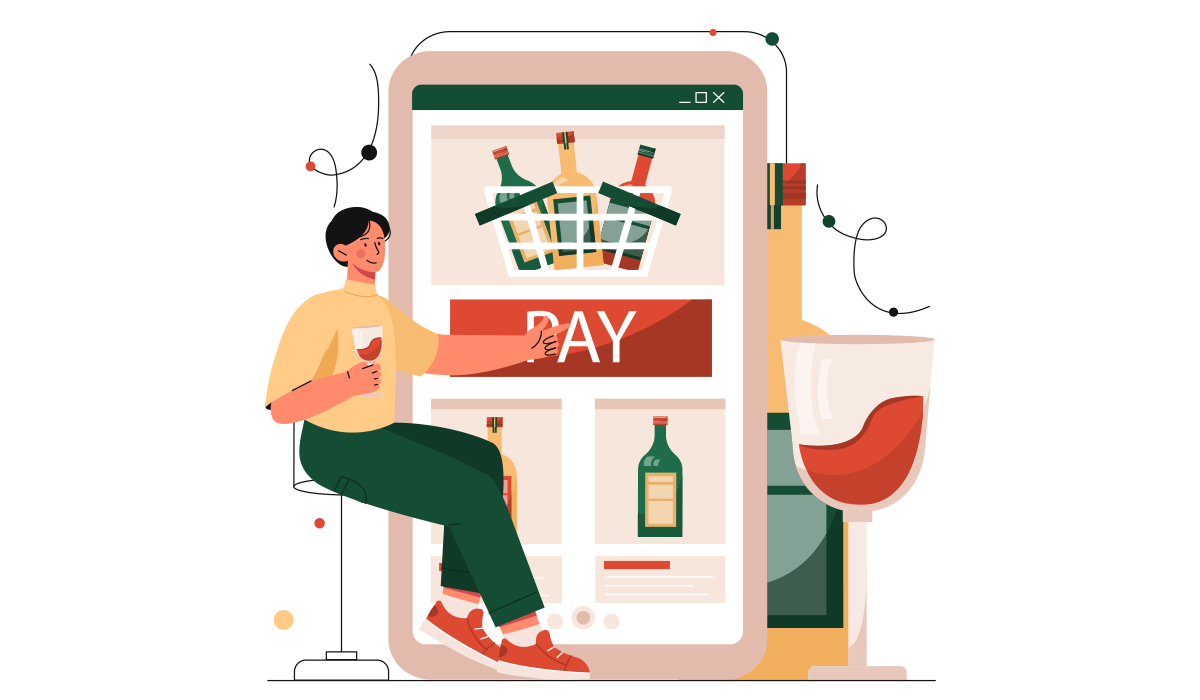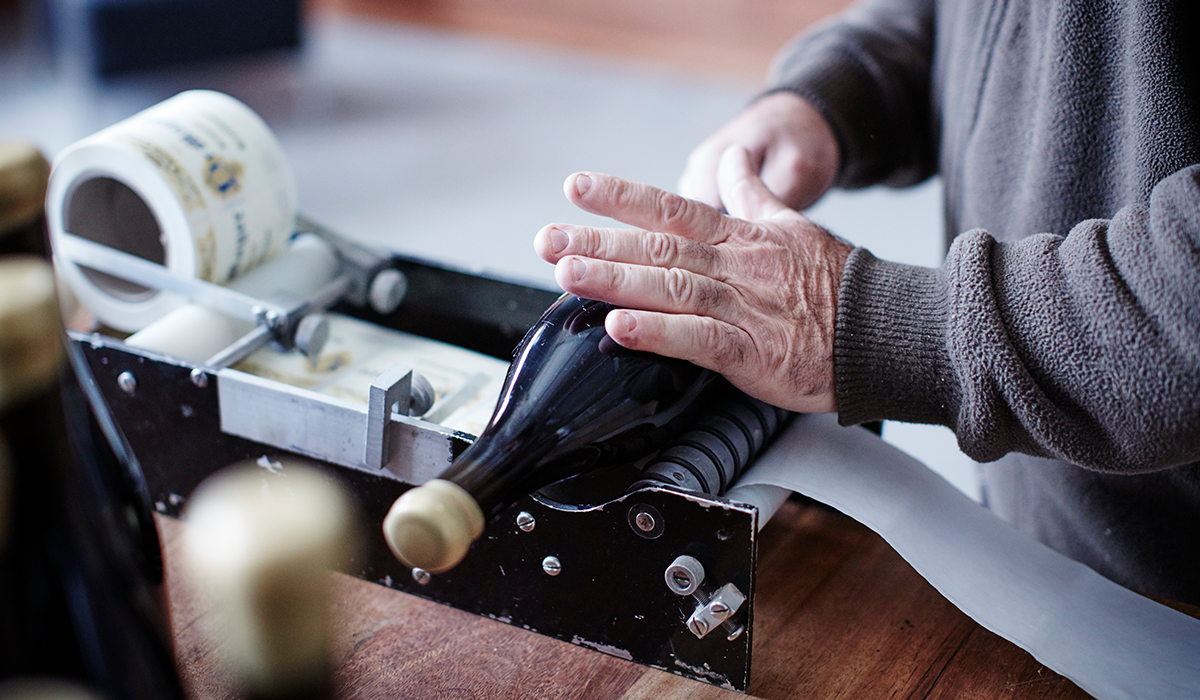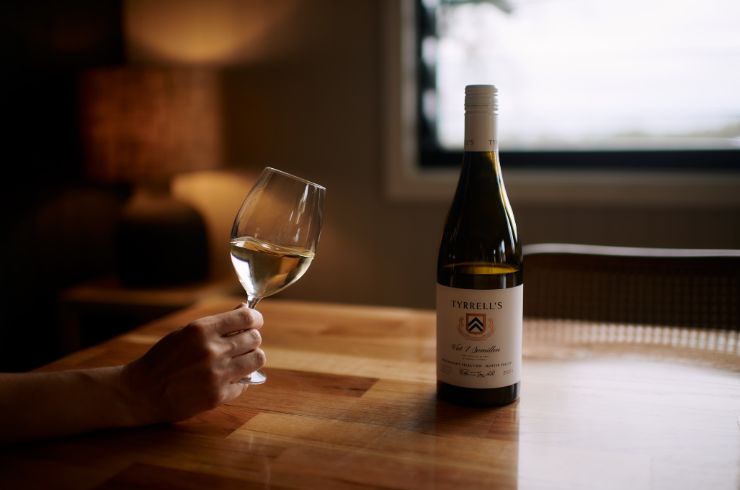Chances are that your local bottle shop’s shelves are heavy with ‘green’ sounding terms. It’s little wonder that consumers are at a loss as to what sustainability actually means. That discussion is much bigger than one article can encapsulate, however, let’s start with the basics.
Essentially, sustainability reaches further than environment and ecology. The land and environment must be cared for, but social, economic and governance factors are also taken into account. After all, without an economically sound business, there’s no capacity to make environmental or social change. Sustainability is more than simply ‘being green’; it’s operating in an environmentally way while also caring for the people and community, with ethics and economics important slices of the pie.
While there is currently no regulation around the use of the term sustainable in wine marketing, there is an increasing drive for higher standards with regards to environmental social governance (ESG). “Trends in the global financial market are driving ESG and accountability; big investors and insurers are doing due diligence and looking at risk profiles of companies,” shares Rachel Triggs, head of ESG and Market Access at Wine Australia. For wineries, embracing ESG will soon be a fundamental requirement, not a choice.
Organic matters
Organic and biodynamic practices can, and often do, form part of a sustainable business, but these terms refer to a more detailed part of the picture.Organic products are grown and produced without the use of synthetic chemicals, fertilisers, pesticides, herbicides and genetically modified organisms. When it comes to winemaking, there are specific regulations that must be adhered to for certification in regards to heat treatment, sulphur dioxide and tartaric stabilisation, amongst others.
Biodynamics builds on the foundation of organics and is based on the theories of Rudolf Steiner. In addition to organic principles, it includes working with the phases of the moon and utilising special soil preparations to increase microbes in the vineyard.
The issue with these terms is the gap between ‘certified’ and ‘practicing’. Rachel clarifies, “Organic and biodynamic in Australia are terms that are not regulated over and above Australian Consumer Law, so as long as you're not being misleading or deceptive to the consumer in describing your wine as organic, then it’s allowed on the label. There are certification bodies that independently certify to Australian Certified standards and there’s a big difference between a product that just says it's organic or biodynamic, as opposed to a certified product.”
A winery may choose not to certify itself for reasons such as cost, business values or the need to manage tough conditions in the vineyard that are simply too difficult or financially impossible without conventional products. Such wineries or vineyards may still practice organically, however the onus is on the consumer to investigate.
Regarding sustainability certifications, Sustainable Winegrowing Australia is a national program where wineries or vineyards can be certified, however use of the trademark on the bottle requires both are certified. Any winegrowing business can pay to become a member, with all members completing training and an annual reporting process involving business metrics and practices across environmental, social and economic sectors. Unlike organic and biodynamic certification, there are no forbidden products or systems. The data is reviewed and members are benchmarked, with a third-party audit required every three years to retain certification.
Mardi Longbottom manages sustainability and viticulture at the Australian Wine Research Institute (AWRI). She adds that “all certified members must attain a minimum standard with regards to their processes and practices. There are no numerical targets attached to performance metrics, however, certified members must demonstrate that their practices are aligned with best practice and demonstrate continuous improvement.”
Off the shelf
As our recycling and production systems currently operate, wine has substantial environmental impact. The storage, transportation and packaging required gives wine a sizeable carbon footprint. Not all states have the facilities required to recycle and process all forms of packaging, and it’s also worth noting that the auditing of packaging doesn’t currently fall under the Sustainable Winegrowing Australia certification.Bottle: Most wine is still packaged in bottle. There are multiple reasons for this, including tradition. The manufacture and transportation of glass bottles is the greatest contribution to
a wine’s carbon footprint, and there is no excuse for a winery using heavy bottles. Look for lightweight glass, and if your chosen winery doesn’t have that option, contact them and tell them they should be using it. In Australia only a percentage of wine bottles are recycled, with many ending up in landfill or used for road surfacing. If a wine is to be drunk within one year of production, it doesn’t need to be packaged in glass, however glass is a valid choice for wines that will be aged or for sparkling wines (due to the pressure in the bottle).
Bag-in-a-box: For a country that invented the bag-in-a-box, we are still far from adopting it as an alternative vessel for quality wine, and that needs to change. Unrecyclable material such as plastic inner bags are an issue, but the benefits of bag-in-a-box are far reaching. Ashley Ratcliff from Ricca Terra has recently added cask wines to his portfolio. “Glass is recyclable, but there's a large volume of glass which is seen as dirty glass and not recycled. Yes, you can’t recycle the plastic pouch, but it's the same with bottles that are going to go to landfill. We’ve put our best quality wine in cask, and if you can get it in people's mouths, then you can kill the negative perception.”
Can: Aluminium cans are one of the most environmentally friendly options. Cans are 100 per cent recyclable, lightweight, transportable and the serving size reduces waste. So why haven’t more producers jumped on the wine-in-a-can train, a segment that takes a sizeable chunk of the industry in other countries such as America? There’s a preconception that wine in a can doesn’t equate to quality, we have limited canning facilities for canning wine, and wine must be specifically formulated for the technical aspects of a can. If you’re going down this route, pour your wine into a glass or cup, as the aroma is part of the tasting experience.
Keg: Reusing wine packaging is by far the most sustainable option for ‘drink now’ wines, but it has challenges associated with adjusting consumer behaviour, and the current technology available for keg recycling in Australia. While several outlets offer wine on tap and refillable bottles, it is still a small corner of the market. Rahel Goldmann and Ron Goldmann-Davis co-own Melbourne’s Glou wine store. “By our estimates, in almost three years of operation we’ve pulled about 50 tonnes of single-use glass out of the system," Ron says. "A keg weighs 1.5 kilos and holds 40 bottles of wine; that’s a sizeable reduction in carbon emissions via transportation. Plus, there is no wastage with the anaerobic keg system. Customers have up to six weeks to drink their wine once they have refilled the bottle, but most are emptied faster!”
So, where to from here?
While we wait for the holy grail of wine packaging, you can make a difference by spending wisely. Be wary of greenwashing. Australian wine shouldn’t have added sugar or colours. Preservatives can be natural. Vegan wine isn’t necessarily more sustainable. And low alcohol isn’t relevant to sustainability, but it can be better for your health.Question sustainability claims without substance, look for credentials and qualifications, and seek out producers and suppliers that are striving to make a positive change across all pillars of sustainability. And if in doubt, shop and drink locally.
On the label
Common labelling claims, and what they mean (or don’t mean) regarding sustainability:Carbon neutral
A winery can achieve carbon-neutral certification by offsetting their calculated carbon footprint to zero through a combination of in-house efficiency measures and external emission-reduction projects.
Preservative-free
Preservatives help keep wine in top condition until it reaches your glass. They’re allowed in both organic and biodynamic winemaking (at about 50 per cent of conventional winemaking limits) to protect against oxidation and bacterial spoilage.
Natural and minimal intervention
There is no official definition or certification for these terms. They’re sometimes used to express that a wine that has been made by organic or biodynamically farmed grapes, with nothing added or taken away in the winemaking process.
Vegan
Made without animal products and by-products. No requirement for sustainable practices in the vineyard or the winery.
Zero-alcohol
Low or no alcohol wine has no direct connection to sustainable practices. In fact, the process to de-alcoholise wine requires more energy and resources than regular wine.
Image credit: Ewen Bell/Wine Australia.






